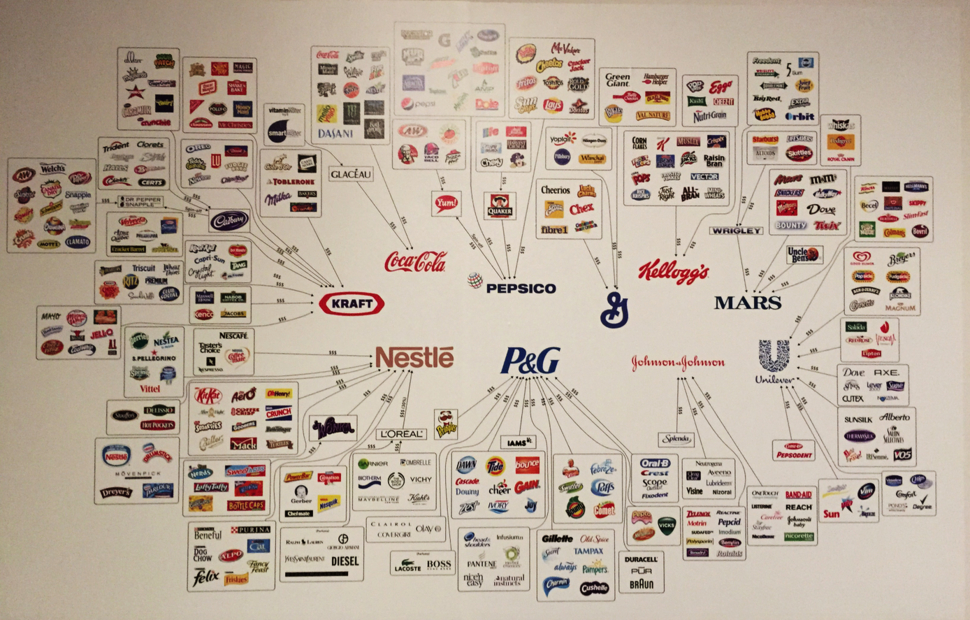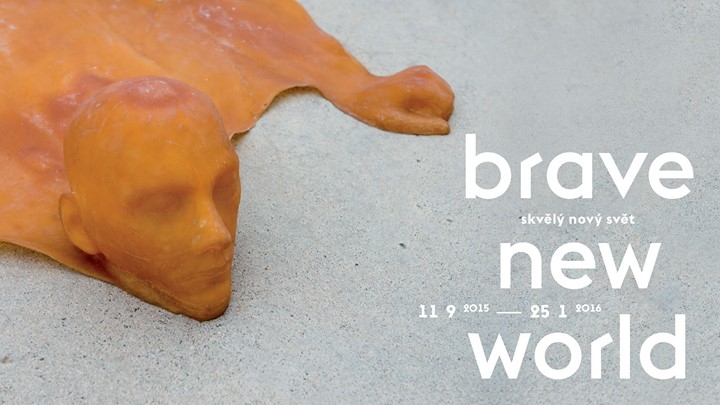A new exhibition, currently being shown to public in DOX (Centre for Contemporary Art) in Prague, is a collection of pieces of art. These are based on comparison of dystopic social models and visions of the future presented by Aldous Huxley, Ray Bradbury and George Orwell in their famous books with the current situation we live in today. Although all three book were written already decades ago (Brave New World by Aldous Huxley published in 1932, 1984 by George Orwell published in 1949 right after the WW2, Fahrenheit 451 by Ray Bradbury in 1953), many of their described visions in their times meant as threats for the future are actually surrounding us today, without us even noticing; in many cases they even exceed the predictions. Although not directly connected with the notion of sustainability we are accustomed to, I believe that some topics discussed in the exhibition and in the books are worth noting, because they reflect on the current lifestyle of the Western civilization we are part of.
bubble freedom
While George Orwell warned against the control of individual by the regime (a reality of the second half of the 20th century for all the Eastern Europe and even today for some countries such as North Korea), Huxley and Bradbury saw the threat in manipulation into voluntary “slavery”. In their books the state controls its citizens through modern technologies and new propaganda methods, fulfill their artificially created needs and thus makes them happy. Sounds familiar? Today’s methods of social control work with the illusion of freedom and choice. Monitoring and surveillance in both the physical world, through ubiquitous CCTV cameras, or the virtual world, through our Facebook or Google profiles or GPS locator on our phones, often occurs with our silent approval. The main characteristic of the system is that the “manipulated” ones are voluntarily and enthusiastically taking their part in the monitoring, with an image of more fun, comfort or ostensible logic.
The data we give away can however be now or in the future used in not a noble ways as well. For example two Italian artists P. Cirio and A. Ludovico made an experiment with 250.000 Facebook profile pictures, which through face-recognition software were categorized into groups on a custom-made dating website. All unreal. By this new created context of identities of the people on Facebook, the artists warned about the amount of personal information we voluntarily give away on similar social media and how our data is guarded less then we may have thought. A step further was done by the artist H. Dewey-Hagborg, who managed to 3D print the faces of people based on the DNA traces they left behind in the public spaces; gum, cigarette butt or hair. As the DNA science is emerging forward, one must think about the other side of the coin as well as what could be done with such information.
world of commerce and excess of information
Without even sometimes realizing it, we live in a world of commerce. In every bus, every street, on the websites, in between each series in the TV we are surrounded by the commercials and advertisements. It feels like our culture is based on the entertainment we gather from the commerce. Such as a fact is not a problem as long as we are aware of it. However, as the environment shape the individuals, the information we are receiving not only through commercials, but through the newspapers and other media shape our opinions, our thoughts, our personalities they way they try to do so if we are not critical enough. It is no longer important “what” is said, but “for what reason” it was said.
We need to understand that we are given the information from the media and this is the information the media wants to give us; based on the importance and the intensity of the information we believe in the seriousness of the event. But then who gets to decide what is important and what is not? Just to set an example, there are still people believing that the climate change is a well thought hoax meant to push us back to the lifestyle of the socialist era. No wonder as for some political parties and media it is very convenient to deny the truth and oppose 97% of the climate scientists, as their financial funding or their political program relies on the continuation of the oil-based economy. The conclusion is that we need to stay critical towards the information we are being given and look for possibly several independent sources when shaping our opinions.
consumer society

Realizing this may be of a great importance for the sustainable products and services we as future engineers are trying to design for. The perception of the sustainable products as a “something more” may be used to make people want to go for these in exchange of the unsustainable ones. However, it is a big fight to fight as the new innovators and entrepreneurs stand against corporate giants controlling the consumer market (see the picture of the main companies and their sub-branches, even from other industries).
It should be noted that in some cases I exaggerated a bit in this article to make a clear point. However, I do strongly believe that stopping for a while and critically noticing the world and the society we live in is necessary as we are trying to shape the future.
references
Klein, N. (2014). This Changes Everything. Penguin Publishers; UK.
DOX (2015). Brave New World. Retrieved from http://www.dox.cz/en/exhibitions/brave-new-world
DVTV (2015). Interview with Mr.Válka, exhibition curator. Retrieved from http://video.aktualne.cz/dvtv/lide-jsou-nepretrzity-zdroj-zisku-pro-korporace-dystopicke-v/r~af3ebba0a00111e59772002590604f2e/ (in Czech)
Cirion, P. (n.a.) Face to Facebook. Retrieved from http://www.paolocirio.net/work/face-to-facebook/
